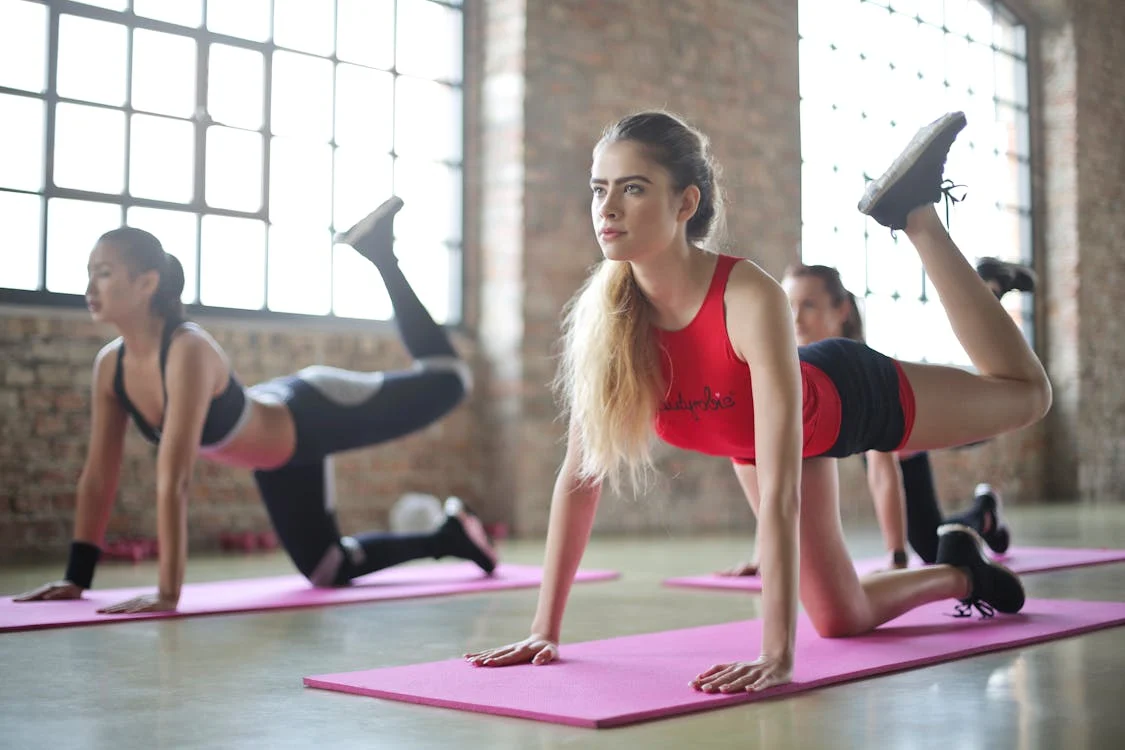When most people think of fitness transformations, they picture sweat-drenched HIIT classes, heavy weights, or punishing cardio routines. But lately, a quieter, more sustainable approach has been reshaping how we move—and it’s all about going low-impact.
Low-impact workouts are exactly what they sound like: exercises that minimize stress on your joints while still offering a full-body challenge. Think Pilates, yoga, swimming, walking, cycling, resistance bands, or even controlled strength training with lighter weights. These aren’t just “easy alternatives” for beginners or older adults—they’re becoming a smart and powerful fitness strategy for everyone.
Why Low-Impact Is Gaining Ground
The rise of low-impact training isn’t just a trend—it’s a response to what modern bodies need. With more people working at desks, dealing with posture issues, or recovering from stress and burnout, workouts that emphasize control, balance, and joint health have become a lifeline.
Unlike high-impact workouts that can lead to injuries over time (especially without proper form), low-impact routines focus on longevity. They reduce wear and tear on the body while still improving strength, endurance, flexibility, and cardiovascular health. They’re also ideal for those managing chronic pain or recovering from injury.
The Mental Health Boost
What’s even more transformative? The mental benefits. Low-impact workouts often encourage mindfulness, slower breathing, and body awareness. Whether it’s a calming yoga flow or a meditative walk, these workouts help reduce stress and improve focus—something we could all use more of.
Fitness That Fits Real Life
Low-impact doesn’t mean low results. When done consistently, these workouts can tone muscles, increase mobility, and support weight loss. Plus, they’re easy to fit into daily life—no fancy equipment or hardcore gym needed.
So if you’re looking to stay active without burning out, the low-impact revolution might be your perfect match. It’s not about doing less—it’s about doing what’s right for your body, every step of the way.
The future of fitness isn’t about going harder. It’s about going smarter. And low-impact is leading the charge.
